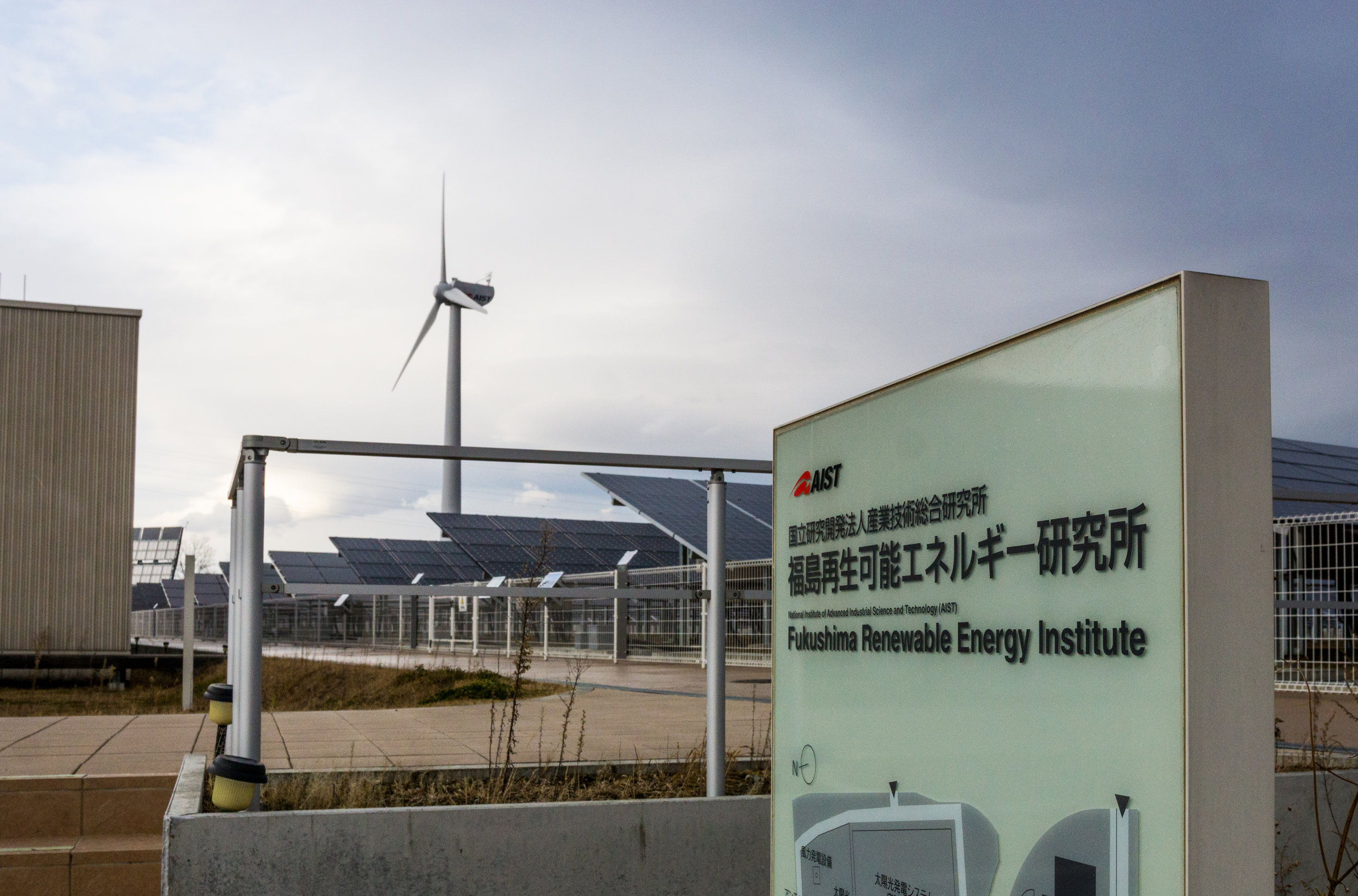After the nuclear crisis at the Fukushima Daiichi nuclear reactor in 2011, the region faced an energy reckoning. Officials in the region decided to bet big on clean energy, vowing to power the prefecture with 100 percent renewable energy by 2040 and developing clean energy as an export product.
For the country as a whole, clean energy may soon be an important part of its trade with the United States. But with President Trump's withdrawal from the Paris climate accords, the United States may not be as interested in buying Japanese clean tech.




